SRNL Connect February 2024
SRNL Opens Storefront in JA Discovery Center of the Central Savannah River Area
Savannah River National Laboratory (SRNL) opened its storefront within the Junior Achievement (JA) of Georgia Discovery Center of the Central Savannah River Area (CSRA) in Evans, Georgia, in January.
Junior Achievement Discovery Centers blend key components of education to create state-of-the-art learning facilities where students apply concepts they learn in the classroom in a 360-degree, authentic and immersive experience.
The JA Discovery Center of the CSRA will benefit middle school students in Richmond and Columbia counties in Georgia. Read more here.
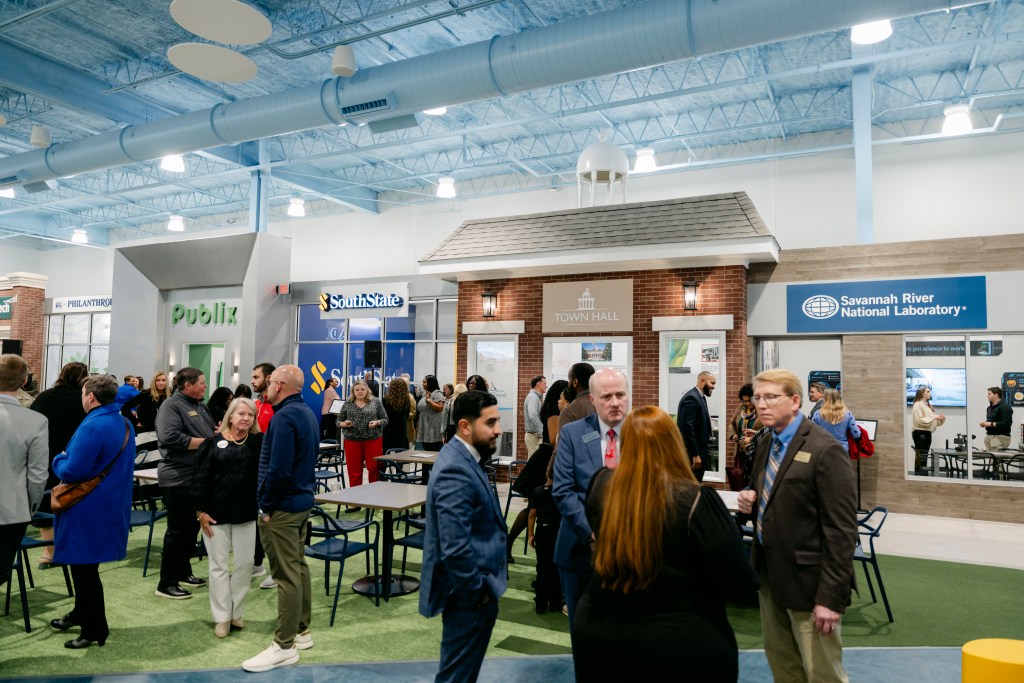
SRNL Celebrates 20th Anniversary of Designation as National Laboratory
This year is particularly special for Savannah River National Laboratory (SRNL) as it marks 20 years since the U.S. Department of Energy (DOE) designated it as a national lab in 2004. While SRNL might be the newest of the 17 DOE national laboratories, SRNL’s legacy began with the Cold War in the 1950s and the construction of the Savannah River Site.
Planted firmly on the Savannah River Site and in the Central Savannah River Area (CSRA), SRNL has put science to work and evolved into a premiere applied, multidisciplinary science laboratory, providing technology solutions to the nation’s most complex challenges in three primary mission areas: environmental and legacy management (EM/LM), national security and weapons production technology. SRNL’s rich history of innovation and contributions in research and development, while made here in the CSRA, are global, reaching far beyond the Savannah River Site.
In the coming months, SRNL will highlight its accomplishments and contributions in the scientific community that led to becoming the newest DOE national laboratory. Be on the lookout for 20th anniversary-themed articles about SRNL’s enduring impact and inspiring future in SRNL Connect, The Digest, Matter Magazine and in our new podcast, “Science at Work.” These articles and events will bring to life SRNL’s excellence in science and engineering as well as highlight the people of SRNL and their work that helps protect our environment, serve our national defense, secure our clean energy future, and reduce emerging nuclear threats.
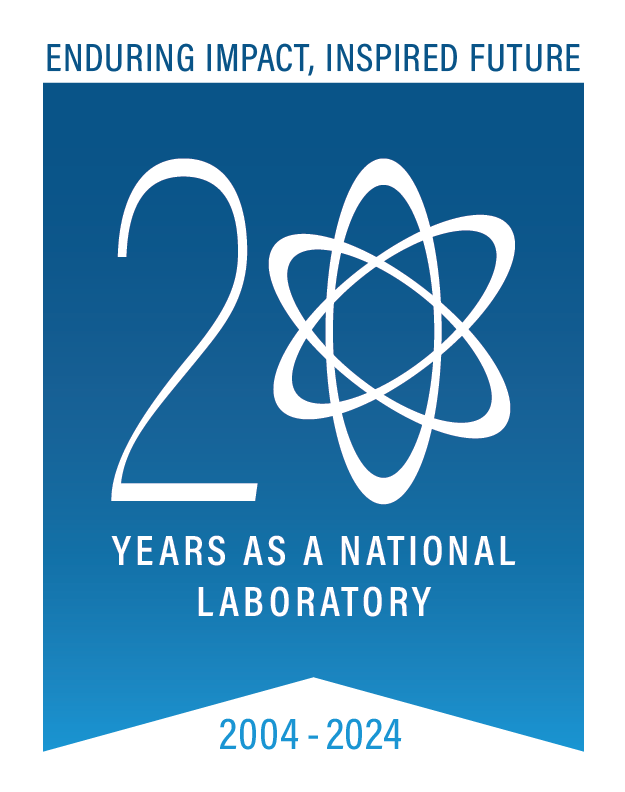
Construction of Advanced Manufacturing Collaborative Continues on USC Aiken Campus
Construction continues on the Advanced Manufacturing Collaborative (AMC) on the campus of the University of South Carolina Aiken (USC Aiken). Holly Hall, manager, AMC Operational Readiness, and Daren Timmons, director, Industrial and Strategic Partnerships, recently got an up-close look of the current construction.
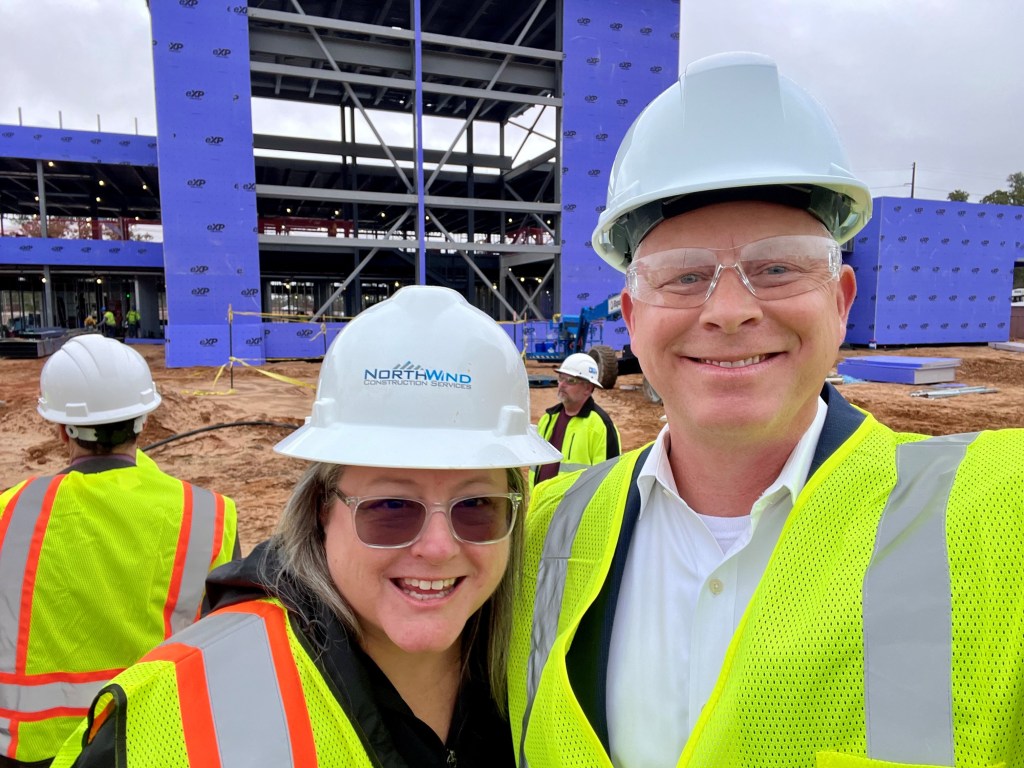
Wearable Robotics Team Finds Innovative Ways to Prevent Injuries
The Wearable Robotics Team at SRNL is finding innovative ways to prevent injuries using personal and sleek “exoskeletons” that offload weight, strain and stress to other parts of the body.
One application where wearable robotics can help in preventing injuries is shielded cell work, a labor-intensive task in heavy use at SRNL. Shielded cell workers must be on their feet for extended periods of time, which causes stress and fatigue on the lower extremities. The Noonee “Chairless Chair” device attaches discreetly to the thigh and shoe, with articulated pieces running up the back of the legs. A worker can stand and walk while wearing the device but when transitioning to the sitting position, the device instantly reconfigures into a chair, taking the standing weight off the legs.
Read more about wearable robotics in the latest edition of Matter here.
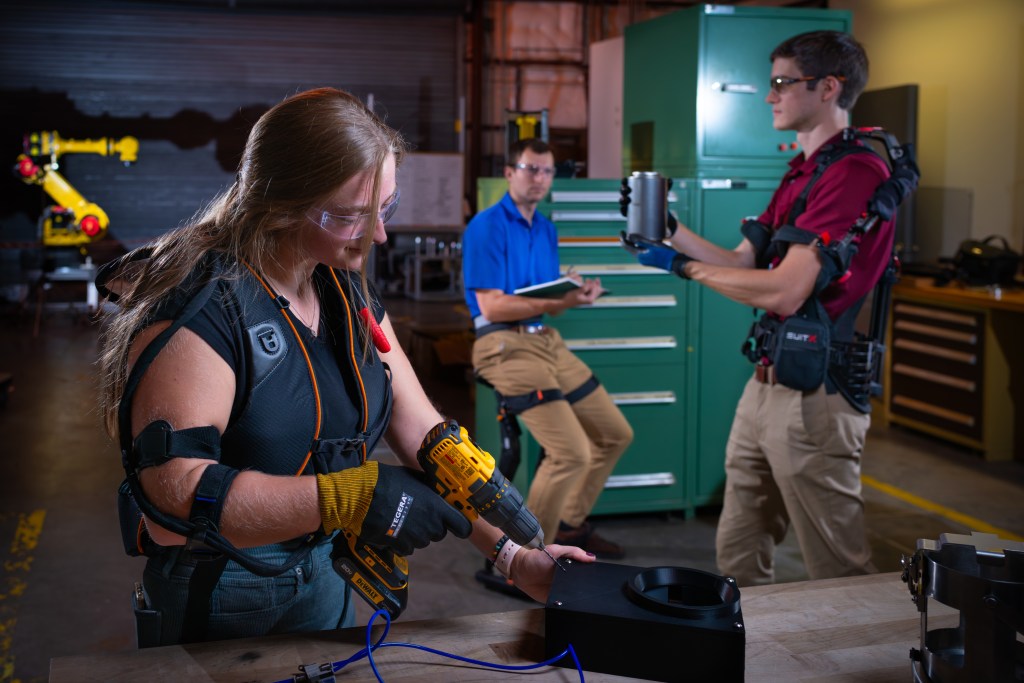
Members of the SRNL Wearable Robotics Team. (Photo by Justin Crawford).
Other articles in the Winter edition of Matter include:
Developing the Advanced Technology Proving Ground
An Open Invitation to Partner with SRNL
Exploring Practical and Research Applications of 3D Printing
Expanding Biological Research, Biotechnology Programs at SRNL
Hydrogen Process Imaging MVP Award
Double-Walled Cell Use in Spectroscopy
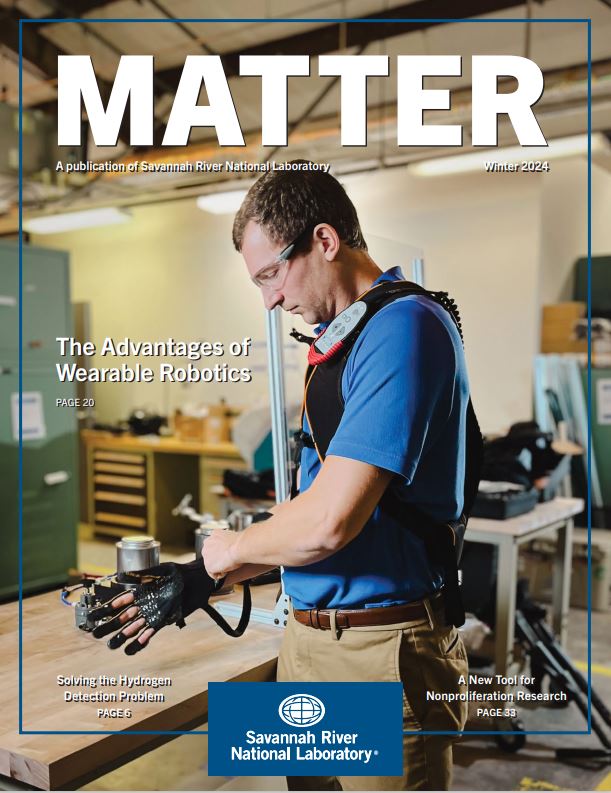
Cover of Winter 2024 edition of Matter.
SRNL Researcher Appointed to Fusion Energy Sciences Advisory Committee
SRNL Advisory Program Manager for Fusion Energy Brenda L. Garcia-Diaz was recently appointed to the Fusion Energy Sciences Advisory Committee (FESAC). FESAC provides independent advice to the Department of Energy’s Director of the Office of Science on complex scientific and technological issues that arise in the planning, implementation and management of the fusion energy sciences program. Committee members are individuals with strong technical reputations selected and vetted by the Office of Science.
“Representing SRNL on FESAC is an amazing opportunity for professional growth and I think it is a great opportunity to help guide the direction of DOE programs in fusion energy,” said Brenda. “I will bring knowledge of research and activities within the tritium technology and fuel cycle and blanket research communities that are helping to meet the goals laid out in the FESAC long-range plan, as well as key goals and innovations needed for a U.S. fusion pilot plant.
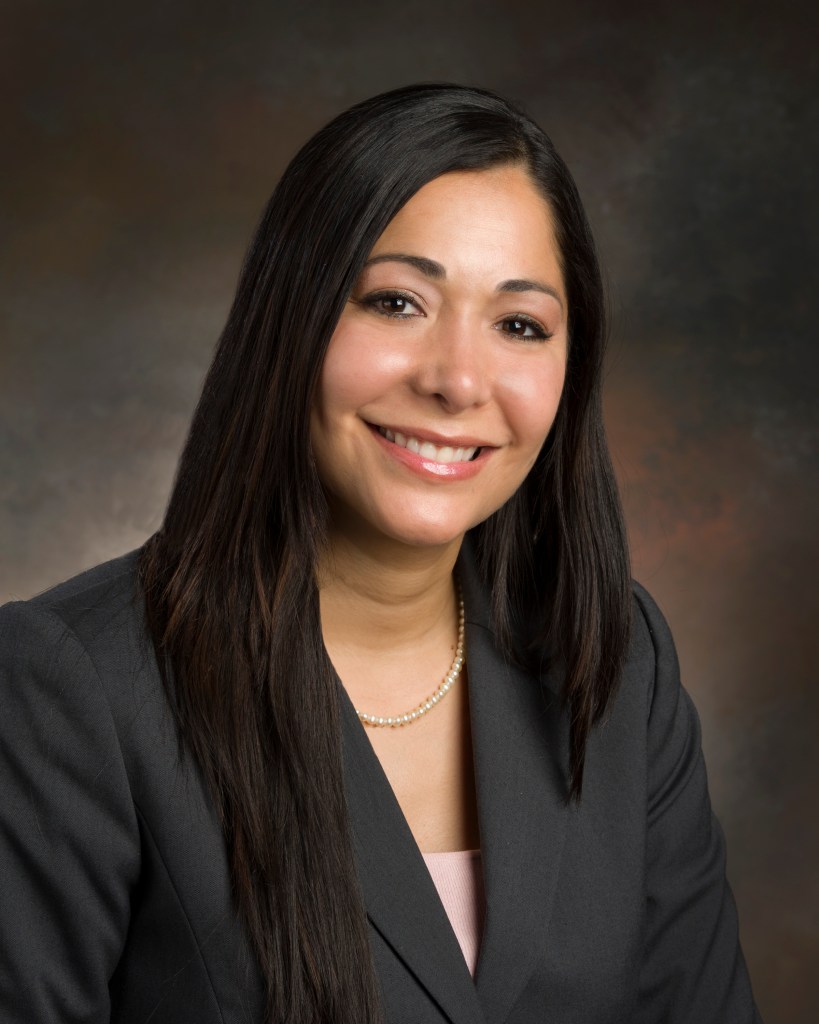
Brenda L. Garcia-Diaz.
SRNL in the Community
Students in Aiken Benefit from SRNL K-12 Catalyst Grants
Students from St. Mary’s Help of Christians Catholic School in Aiken, South Carolina, assembled a draw-bot during a class project made possible in part with funding from the Savannah River National Laboratory’s K-12 Catalyst Grants program.
Teacher Michelle Griffin was awarded $2,500 for her STEM (science, technology, engineering, mathematics) lesson that combined art with science, in a lesson focused on balanced and unbalanced forces. Eighth-grade students helped groups of third-grade students assemble, test and record observations of the draw-bots.
The Battelle Savannah River Alliance funded grants were awarded in August 2023 for STEM inclusion in 29 classrooms throughout the Central Savannah River Area. Teachers can apply for the 2024 K-12 Catalyst Grants starting in February through May 31.
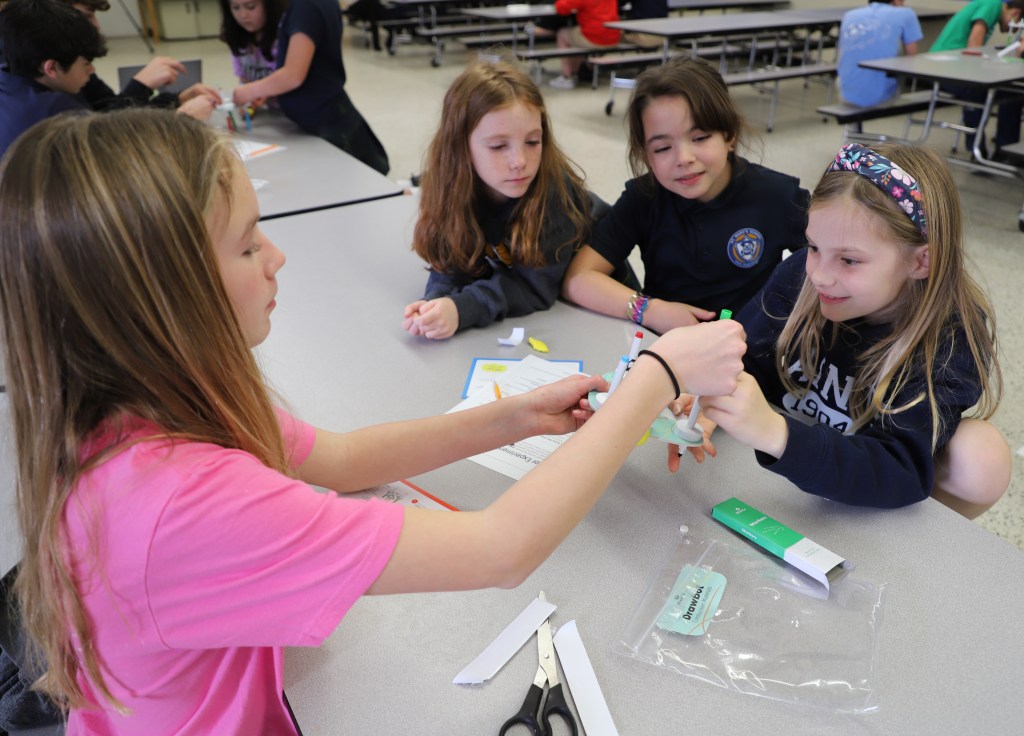
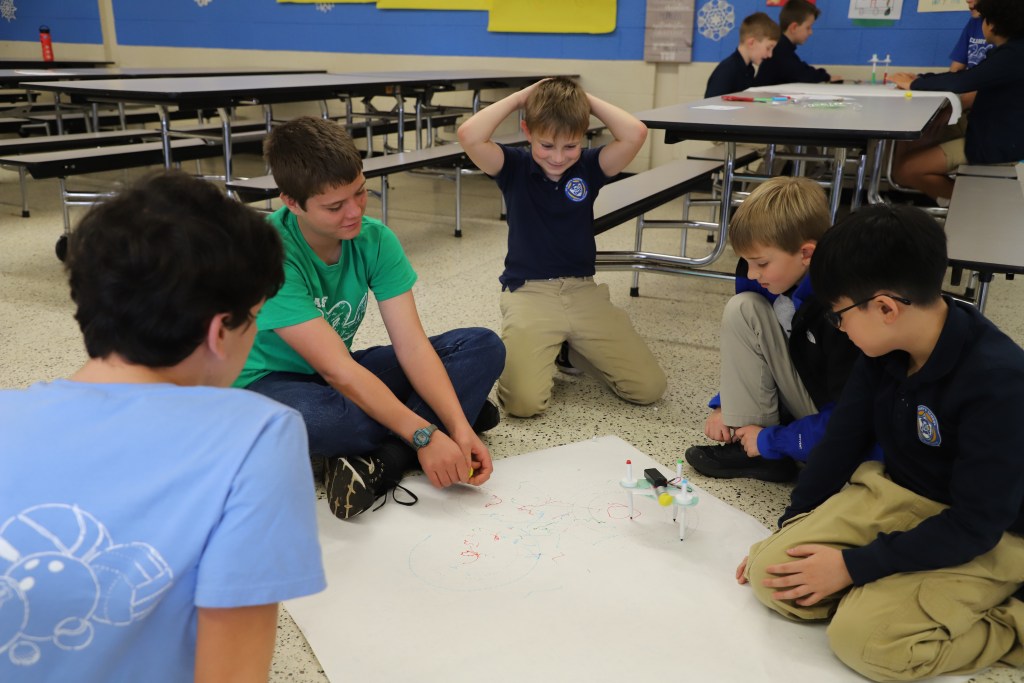
Students from St. Mary’s Help of Christians Catholic School in Aiken, South Carolina, assemble a draw-bot during a class project. (Photos by Chris O’Neil)